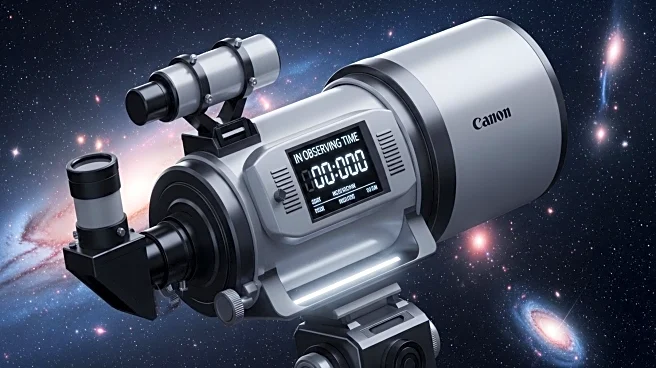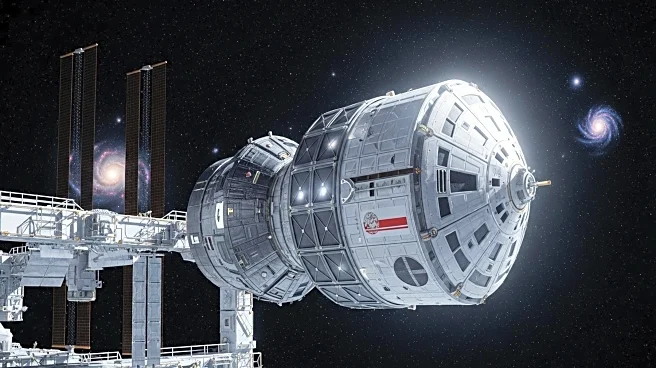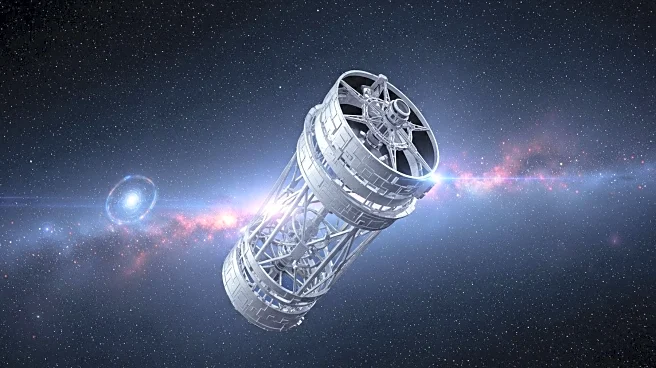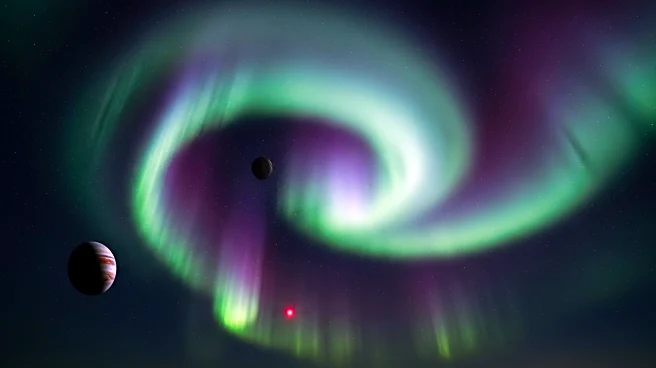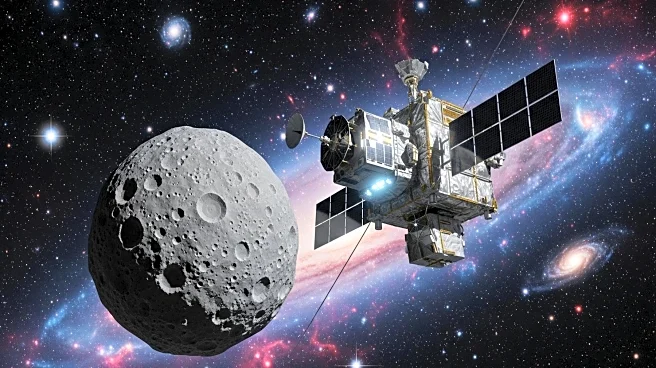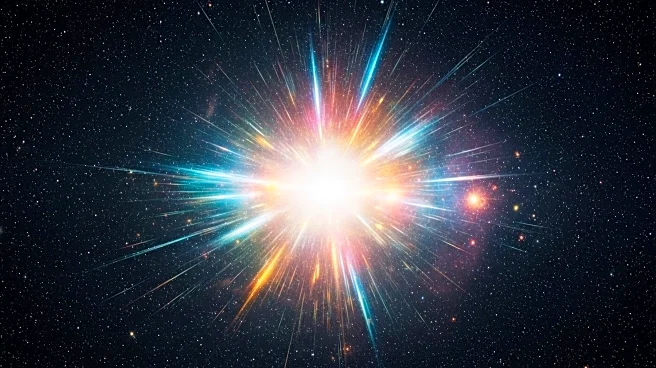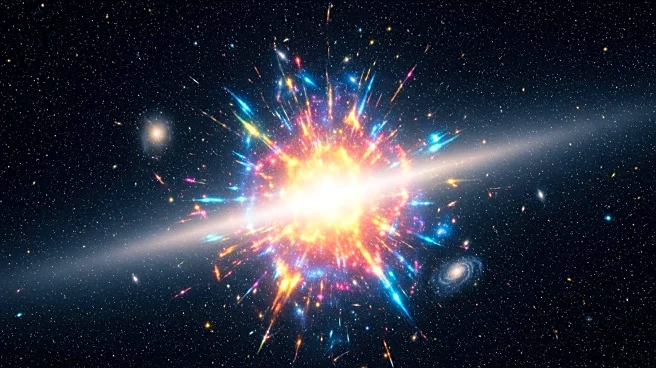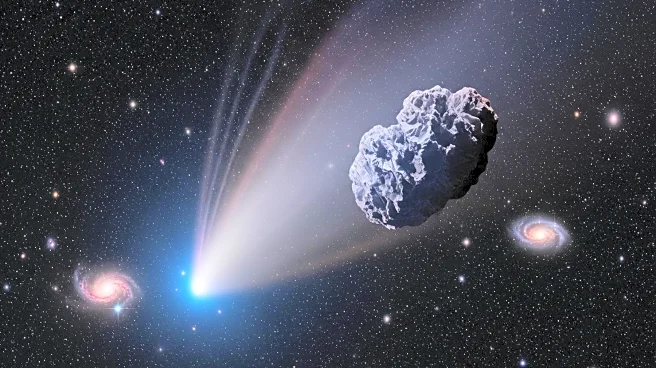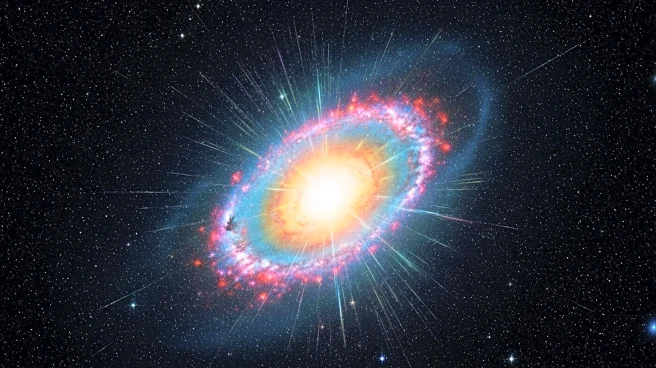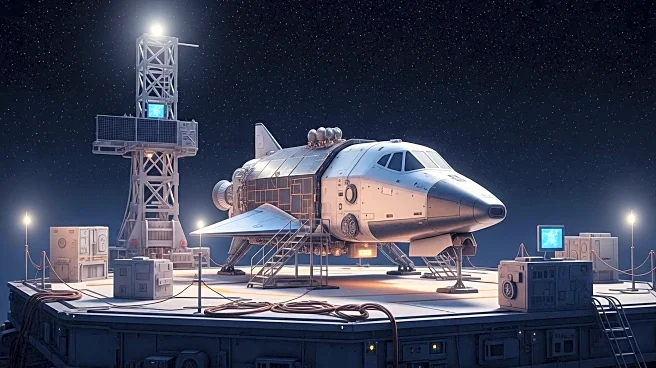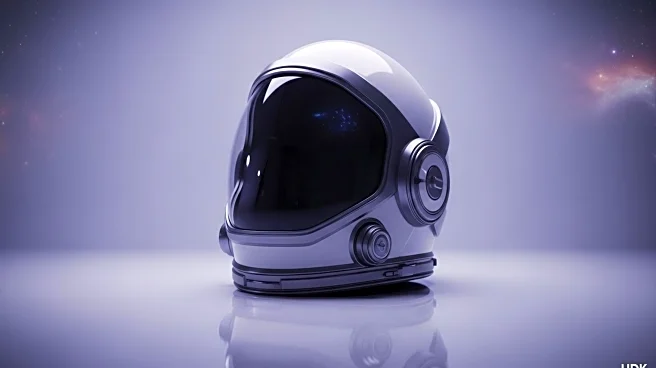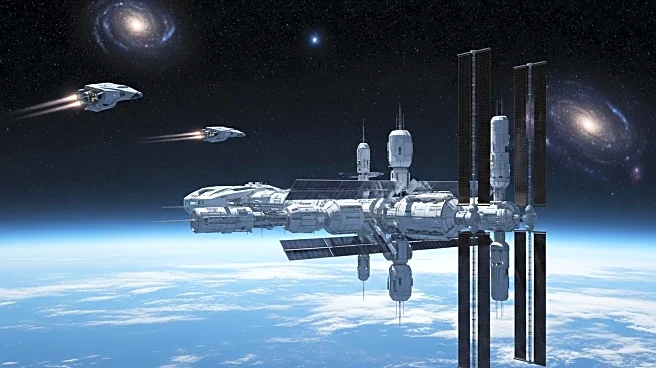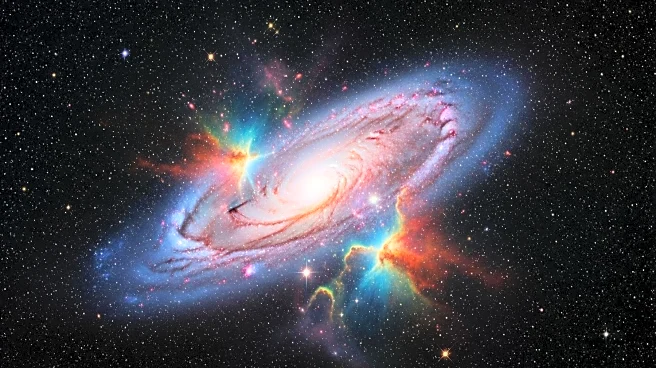What is the story about?
What's Happening?
The Hubble Space Telescope's science operations involve an annual 'Call for Proposals' where astronomers worldwide submit requests for observing time. These proposals are peer-reviewed by panels of scientists specializing in various astronomical disciplines. The Time Allocation Committee (TAC) then recommends the observing program for the year, with the final decision made by the Institute's director. Due to the European Space Agency's contributions, astronomers from ESA countries are guaranteed 15% of Hubble's observing time. Despite high demand, Hubble can only accommodate a fraction of the proposals, with requests often exceeding available time by five to six times.
Why It's Important?
The proposal process is crucial for maximizing the scientific output of the Hubble Space Telescope, ensuring that its limited observing time is allocated to the most promising research projects. This process supports international collaboration in astronomy, with contributions from over 40 countries. The guaranteed observing time for ESA countries reflects the importance of international partnerships in space exploration. The rigorous peer-review system ensures that Hubble's unique capabilities are utilized effectively, advancing our understanding of the universe.
What's Next?
The ongoing proposal process will continue to drive scientific discoveries using Hubble, with researchers worldwide competing for observing time. As new astronomical phenomena are discovered, the demand for Hubble's capabilities is likely to remain high. Future advancements in telescope technology may influence the proposal process, potentially expanding the scope of research conducted with Hubble. The collaboration between NASA and ESA will continue to play a vital role in supporting Hubble's operations and scientific contributions.
Beyond the Headlines
The Hubble proposal process highlights the challenges of managing limited resources in scientific research. It underscores the importance of international cooperation in advancing space science and the need for strategic planning to optimize the use of advanced telescopes. The process also reflects the competitive nature of scientific research, where only the most compelling proposals are selected for observation.
AI Generated Content
Do you find this article useful?
